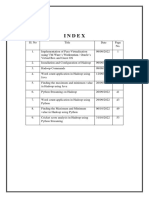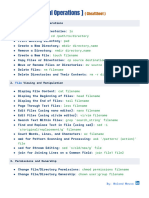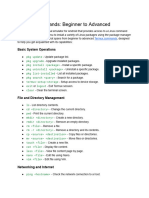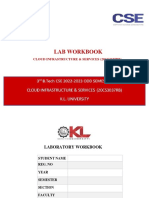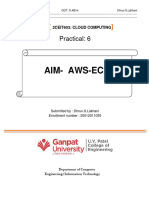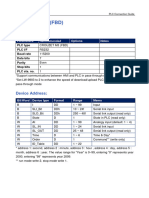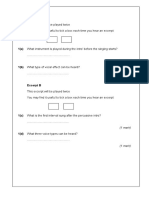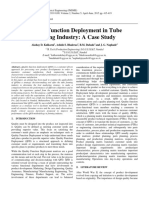0% found this document useful (0 votes)
24 views38 pagesCloud Computing Lab Report
The document provides detailed lab instructions for various tasks related to cloud computing, including installing VMware, taking snapshots of virtual machines, using basic Linux commands, uploading files to Amazon S3, launching EC2 instances, and creating a Virtual Private Cloud (VPC). Each lab section outlines step-by-step procedures to accomplish specific objectives, such as configuring virtual machines and managing AWS resources. The document serves as a practical guide for students in a computer application course at Tribhuvan University.
Uploaded by
Supriya ShresthaCopyright
© © All Rights Reserved
We take content rights seriously. If you suspect this is your content, claim it here.
Available Formats
Download as PDF, TXT or read online on Scribd
0% found this document useful (0 votes)
24 views38 pagesCloud Computing Lab Report
The document provides detailed lab instructions for various tasks related to cloud computing, including installing VMware, taking snapshots of virtual machines, using basic Linux commands, uploading files to Amazon S3, launching EC2 instances, and creating a Virtual Private Cloud (VPC). Each lab section outlines step-by-step procedures to accomplish specific objectives, such as configuring virtual machines and managing AWS resources. The document serves as a practical guide for students in a computer application course at Tribhuvan University.
Uploaded by
Supriya ShresthaCopyright
© © All Rights Reserved
We take content rights seriously. If you suspect this is your content, claim it here.
Available Formats
Download as PDF, TXT or read online on Scribd
/ 38






